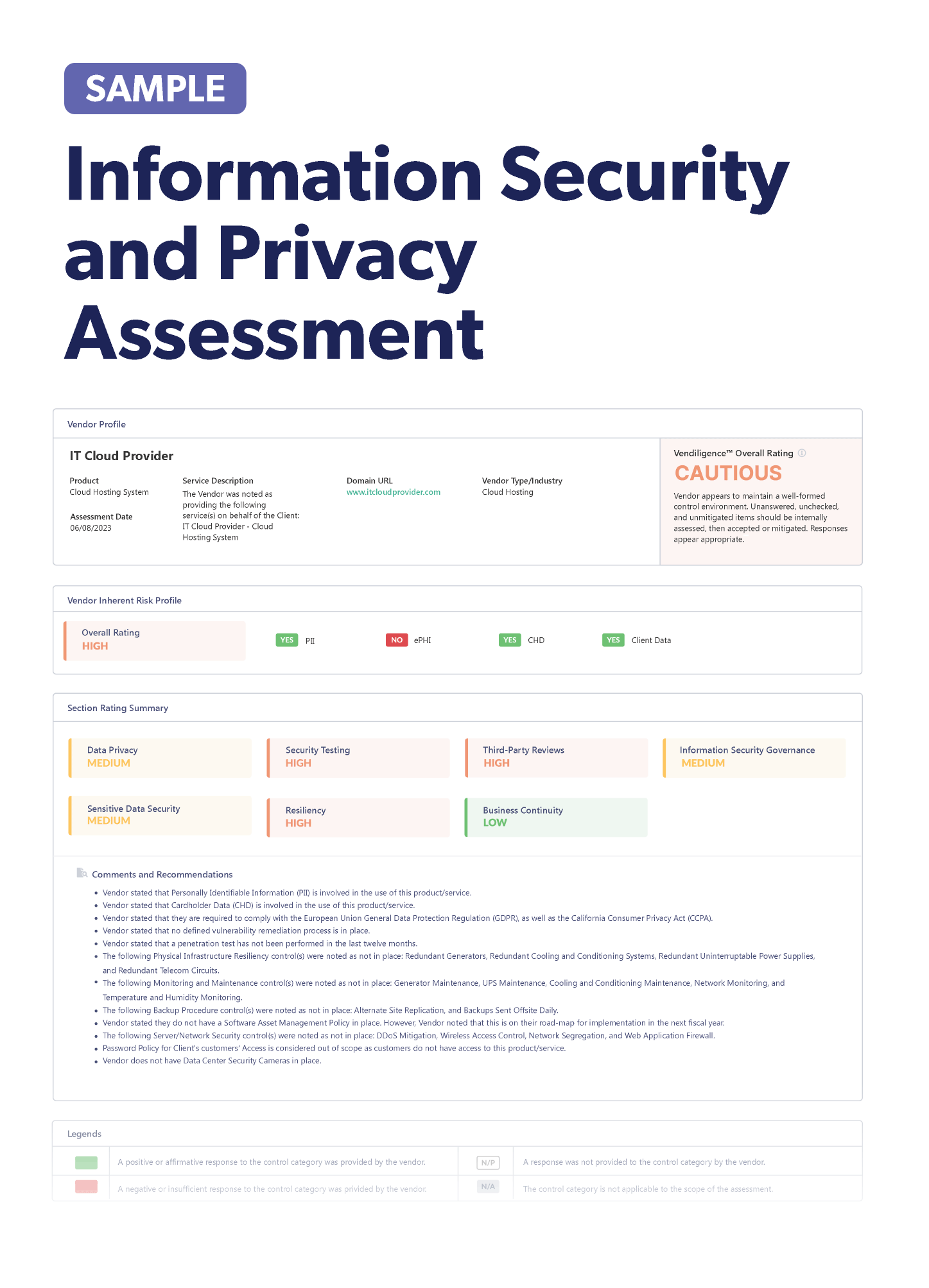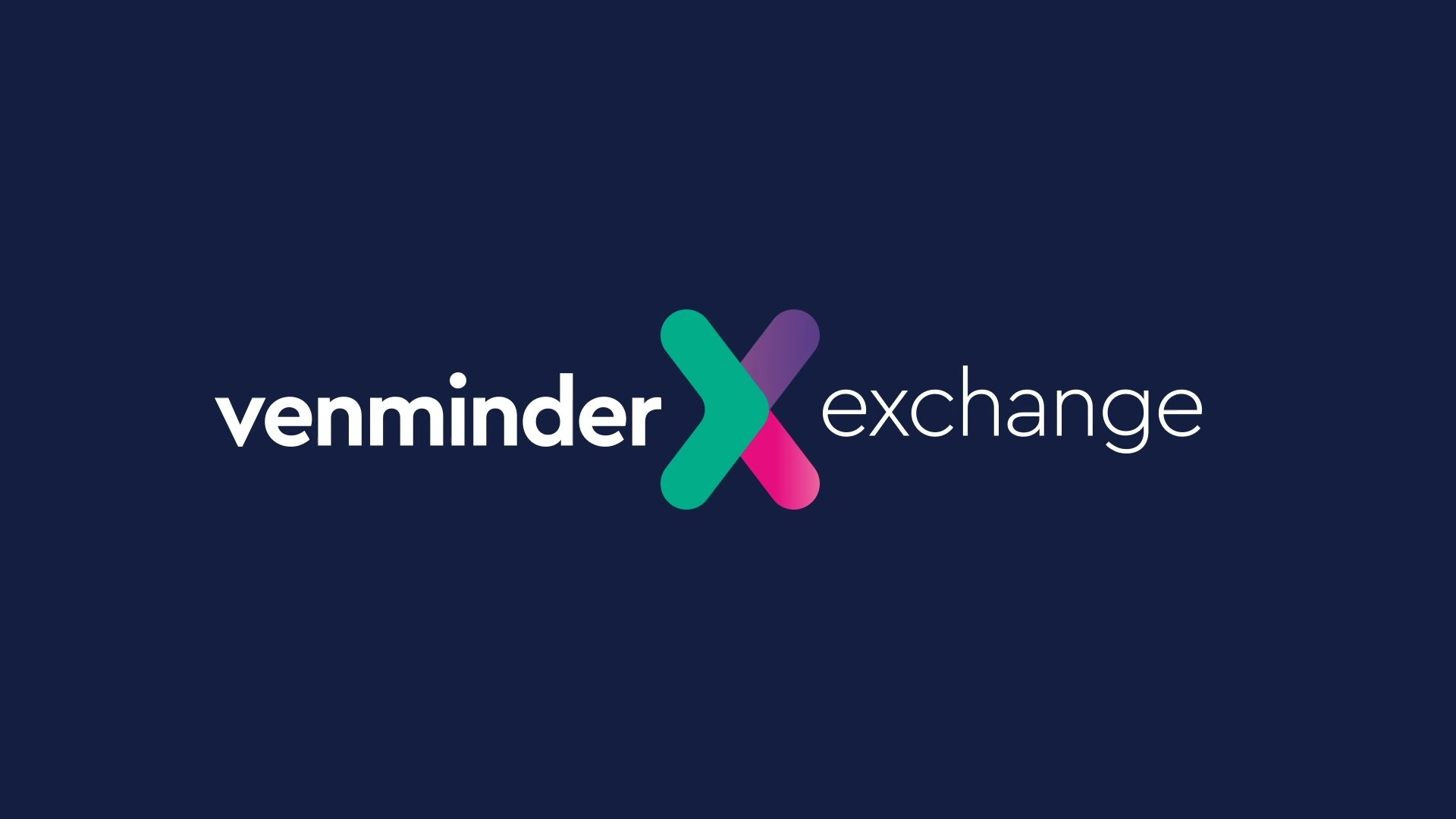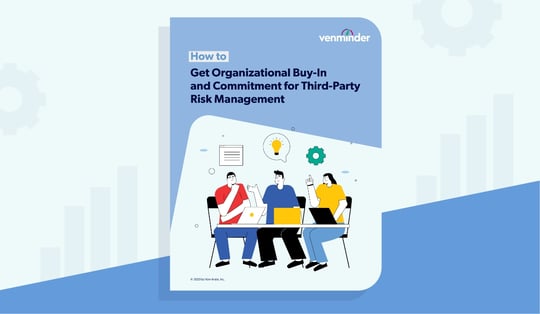When we think about vendor risk management, many of us imagine a complex web of activities that need to be done. It might seem like a juggling act of different tasks, such as conducting inherent risk assessments, requesting and reviewing due diligence, choosing a vendor, and negotiating and signing a contract... And that’s just the onboarding stage!
Using dedicated vendor risk management software can simplify vendor risk management tasks in your organization. Take full advantage of its potential with these top benefits.
Top Six Benefits of Vendor Risk Management Software
- Automation: It can be difficult to keep up with all the oversight tasks and details of vendor risk management, especially during the processes of risk-based due diligence and ongoing monitoring. One vendor might be due for a renewed insurance certificate while another needs to submit an updated business continuity plan after a recent incident. Each vendor has different needs and utilizing vendor risk management software will allow you to automate certain tasks so you no longer need to worry about missing important dates. Automation can also bring consistency by ensuring that the same level and frequency of oversight activities are applied to certain risk types or categories.
- Enhanced visibility and centralization: Standard tools like Excel and SharePoint can be useful for some business activities, but are too limited for the complexities of vendor risk management. A software platform that’s specifically designed for vendor risk management will offer improved capabilities like visibility of each activity in the lifecycle. Vendor risk management software also gives you an easy way centralize your processes and data, which improves collaboration across your organization.
- Improved contract management: Vendor risk management software can be a great addition to your contract management strategy. You can easily see key terms and renewal or termination notifications when your data is consolidated into an easily accessed vendor risk management platform. An effective contract management strategy can also help you avoid unexpected cost increases and will keep you informed of any unmet service level agreements (SLAs).
- Fewer errors: Manually inputting and processing data increases the likelihood of errors, even more so when there is more than one person assigned to the task. Using an automated vendor risk management software program allows for better collaboration and reduces the opportunity for mistakes often found in manual processes.
- Ease of reporting: Do you rely on time-consuming ad-hoc reports for regulatory exams? With vendor risk management software, you can create a customized set of reports that will clearly address any number of vendor risk data points, including emerging issues or areas of concern. Your board and examiner will welcome this level of organization and detail.
- Cloud storage capabilities: With nearly everything else moving to the cloud, it only makes sense that your vendor data should make the move too. Your critical data will be better protected in the event of a business disruption and you have the added benefit of unlimited storage.

How to Use Vendor Risk Management Software to Its Full Potential
If you’ve decided to invest in vendor risk management software, it’s important to understand how to use it effectively.
Here are some tips that will help you and your team take full advantage of the software’s benefits:
- Consider proper training. It might be tempting to jump right in and transfer all your manual processes to your new platform. Although there may be a certain degree of independent “learning as you go” with your software, it’s also worth considering any formal training that your provider offers. This allows you to learn the full scope of capabilities that will provide the most benefits for your organization.
- Solicit feedback from other departments. Vendor risk management is a highly collaborative practice across departments, each of which has its own challenges and preferences for different processes. Subject matter experts (SMEs), the lines of business, and vendor owners can all provide insight into how vendor risk management software can help simplify their tasks.
- Customize the options. Some software features may be good to go right out-of-the-box, but others should be carefully evaluated and configured to meet your needs. For example, maybe your software’s reporting capabilities are initially set up to generate every 12 months. This frequency might be acceptable for some vendors, but too often for others. Without customizing this option, you would be creating additional, unnecessary work.
Now you know some of the main benefits of using vendor risk management software and how to use it to its full potential. While you can manage your vendors through spreadsheets or other non-automated methods, managing hundreds or thousands of vendors that way isn’t sustainable or scalable and consumes too much time managing the process vs managing vendor risk. Vendor risk management software enables automation and improves visibility and reporting in a highly efficient and effective way. As a result, your organization can successfully and consistently manage vendor risk.












